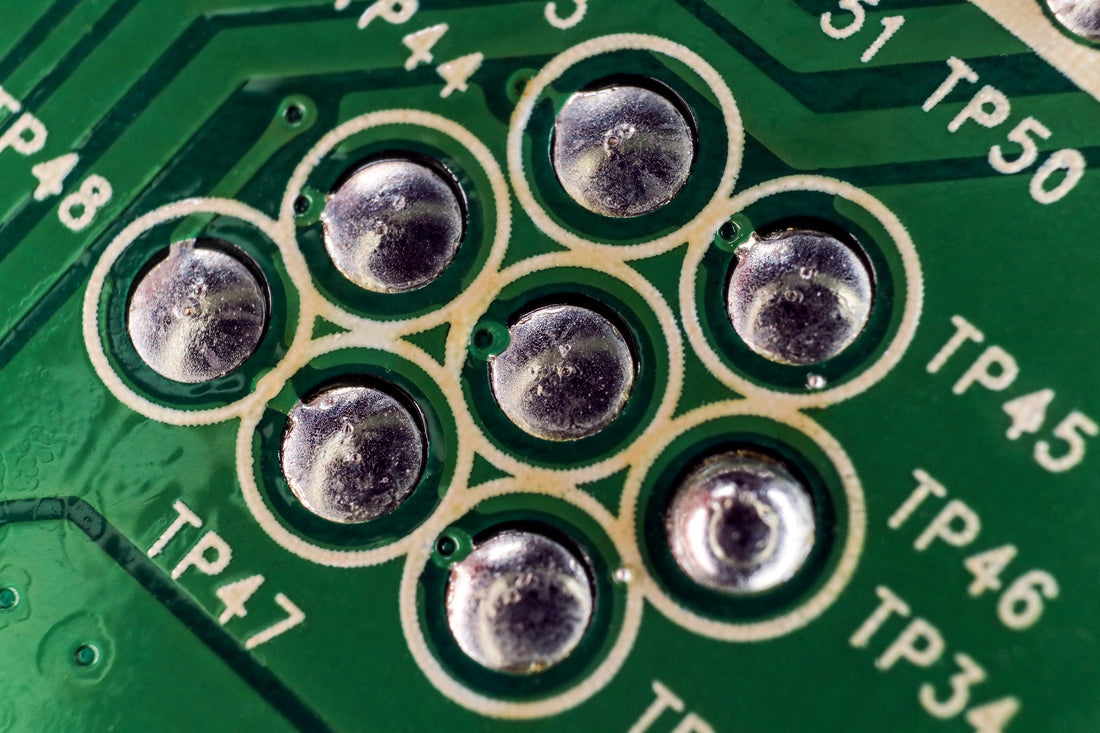Soldering is an effective way to join electrical components in a Circuit board and many other applications. It can create reliable and strong joints. However, when you complete the soldering process and you’re looking at the finished solder joints, the question might arise about the look of your joints.
Shiny solder joints are usually associated with a “wetted” appearance where the molten solder has flowed smoothly across the joint surface. Therefore, the shininess might indicate a well-formed clean connection. However, this isn’t the case.
Do your solder joints need to be shiny to be effective? The answer is no. The appearance of the surface and the solder joints doesn’t indicate anything about the quality of the connection. The most important thing to look out for is not how shiny the joint is, but whether the solder looks even in how it flowed over the joints.
Let’s break it down for you.
Should You Be Concerned With Duller Joints?
If your solder joints are dull or grainy, it really should not be a concern for you as the coarse grain structure will grow in the joint over time anyway. If the joint, however, is too dull, it can lead to the grainy outcome that much sooner.
However, you should never try to heat up a duller solder joint merely for cosmetics. This can cause the joint to be damaged and then you will need to desolder it.
Why Dull Solder Joints Might Occur
If your solder joints are not shiny, but a have a duller finish, it is typically just the effect of having a coarse grainy structure in the solder joint. When your solder joints cool down, if the period is a little slower, than the joint will have a less shiny look. And if the joint cools really quickly, the joint will be shinier.
In fact, there are many other things that can affect how shiny (or less shiny) the joint is. It could be reflective of the type of flux, the heat of the soldering iron when the connection was made or which solder was used.
For example, the flux residue can remain on the joint surface, making it appear dull or discolored, even if the joint is perfectly functional.
Or it could be that the joint surfaces were not properly cleaned which can make a less shiny joint but not necessarily a faulty one.
And even the composition of the solder alloy can affect the appearance of the joint. Lead-free solder alloys naturally form duller or matte finishes when solidified, even if the joint is strong and reliable.
Design and process related causes that can make the solder joint dull and ineffective
There are some cases when the solder joint will be dull as a result of the design and/or process which can make the dull joint less effective. If, for instance, there is contamination in the component or even the circuit board, it will lead to very dull-looking joints.
The joints could also be defective if there are impurities in the components or the circuit board finish or even bad or expired solder paste.
The Wetting Angle of Solder Joints is More Important Than Cosmetics
The solder joints should flow evenly over the surfaces to be soldered and run out thinly towards the edge of the joints. The contact angle should be < 30 degrees. If the solder pulls back without wetting or balls up showing a high contact angle, this is indicative of a solder defect.
In most cases if you are using lead-free solder, your joints will not look shiny and this is normal. With leaded solder, it should be on the shinier side or the solder will be too cold which will create a weak joint that can eventually break.
While shiny joints might be more visually appealing, other factors play a more significant role in determining their reliability: the electrical conductivity/connection and the strength and reliability of the solder joint.
If you have any questions about creating good solder joints, make sure to reach out to our technical support staff. They will be happy to help you.

